On Holocaust Memorial Day, Heather Tomlinson reports on those honoured as the “Righteous Among the Nations”

Tears stream down my face whenever I watch the famous scene where Sir Nicholas Winton is presented with a room full of the lives he saved during World War II.
Whether the real clip from the 1980s TV show That’s Life, or depicted in the recent movie One Life starring Anthony Hopkins, it has to be one of the most beautiful moments ever captured on film. Sir Nicholas’s determination to rescue as many children as he could from Nazi-occupied Czechoslovakia is nothing but admirable and deeply moving, especially on Holocaust Memorial Day (27 January) when the six million Jews slaughtered by the Nazis are especially remembered.
There is also a twinge of concern, however, as with the similarly famous and Hollywood-endorsed story of Oskar Schindler, a German Nazi who sheltered Jews working in his factory. Why are these men two of the best known rescuers of Jewish lives in the Holocaust? Not because what they did wasn’t remarkable and good and deserves the attention: but because they have some extraordinary betters. There are many powerful stories of Christians who are little known outside their church denomination, though they may be acknowledged as “The Righteous Among the Nations,” the award given by Israel’s Holocaust Memorial, Yad Vashem, to Gentiles who helped Jewish people survive the genocide.
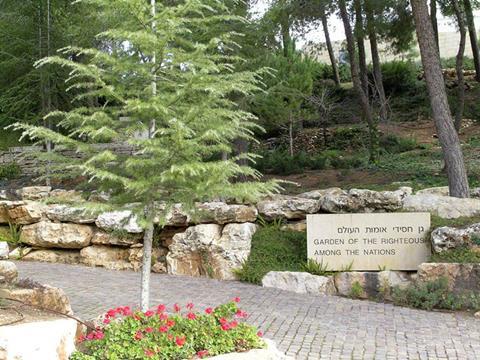
The following inspirational examples were not the norm. Tragically, the Church at large was complicit in the Holocaust, not least in its theology in the lead up to it. Nevertheless, The Righteous: the unsung heroes of the Holocaust (Doubleday) by Jewish historian Sir Martin Gilbert is an excellent book full of gripping stories. Though not solely focused on Christians, it shows that many of them were motivated by the faith or were in ministry. When studying their lives, it’s clear that a deep faith both inspired and sustained their extremely dangerous work.
1. Pastor André Trocmé and the village of Le Chambon
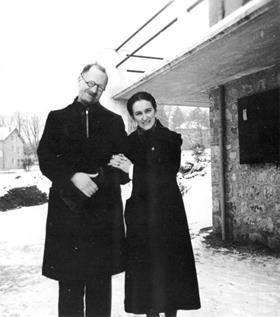
Trocmé and his wife Magda used scripture and pacifist theology to inspire and lead their small communities in southern France to be a “unique refuge” for thousands of Jewish people fleeing persecution in Nazi-occupied France.
In their Huguenot community of Le Chambon-sur-Lignon, the rescue operation became a community effort, with other pastors, many households and local schools making space for Jewish refugees. Trocmé was arrested in 1943 but refused to sign a pledge to obey the government, and he continued to help Jews escape until the end of the war.
It is estimated that the village helped and sheltered as many as 5,000 people, more than 3,000 of them Jewish. “People who offered kindness and hospitality to strangers in need, concealing them in their farmhouses, barns, attics and basements, at great risk to themselves,” says The Greatest Escape: how one French community saved thousands of lives from the Nazis (Nicholas Brealey Publishing).
2. Mother Maria Skobtsova
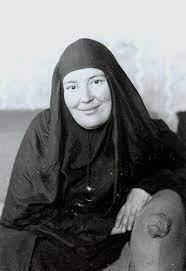
The Eastern Orthodox nun Mother Maria Skobtsova “did wonders in finding long-term hiding places for the persecuted Jews” of Paris, according to Yad Vashem. She used an Orthodox church in the capital to shelter Jewish people and tried to get captured Jews released.
She worked closely with Father Klepinin, who issued false baptismal certificates to help Jews escape arrest and deportation to concentration camps. Sadly this was the ultimate fate of these heroes, as they were arrested in 1943 and died in the lice and disease-infested camps.
Many of her writings survive, and her last recorded words were spoken to a fellow prisoner: “I completely accept my suffering in the knowledge that this is how things ought to be for me, and if I am to die, I see this as a blessing from on high.” She was likely executed in a gas chamber.
3. Bishop von Galen

Could the remarkable bravery of the Bishop of Munster, Clemens von Galen, be little known because his name and countenance are more like a pantomime villain than a wartime hero? Yet he deserves to be praised for risking his life when he strongly criticised Nazi policy in his sermons.
Memorably described by priest Fergus Butler-Gallie as a “cantankerous old warhorse of the faith,” von Galen’s boldness in speaking out about the Nazi T4 programme – which murdered people with learning difficulties – is probably why this particular act of devilish barbarity was curtailed in Germany.
The Bishop spoke out fiercely against the Nazis and their racism on a number of occasions, but it was probably a series of sermons in 1941 that had the most impact, and they were published and circulated widely. His actions made the T4 euthanasia programme known to the German public and provoked protests. Although some Nazis wanted him arrested, senior figures didn’t want to arrest senior figures in the church, and he survived the war.
4. The Vatican Pimpernel and the Assisi Underground
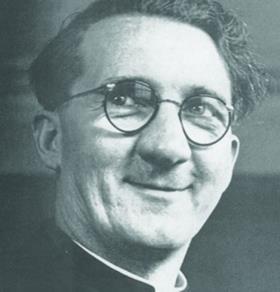
When the Nazis took over part of Italy, it became very dangerous for the Jewish population.
The “Assisi network” of Italian religious worked together to help them escape to safer areas, aided by celebrity Tour de France champion and devout Catholic Gino Bartali, who would ferry false ID and other helpful documents around the country on his bike, with the believable excuse that he needed to train.
Irish Monsignor Hugh O’Flaherty (pictured, right) was dubbed the “Vatican Pimpernel” due to his use of disguise when he left the safety of Vatican State to arrange the safe exit of Jews from Rome. He was portrayed in the 1983 film The Scarlet and the Black by Gregory Peck for his courageous actions. But there are many lesser known monks and nuns who worked together to hide Jews and help them flee, only a 1985 TV movie called The Assisi Underground tells part of their story.
O’Flaherty survived the war, and became the only visitor of the imprisoned SS boss Herbert Kappler, who had previously hunted for the Irish priest on the streets of Rome. Kappler eventually converted as a result.
5. Corrie ten Boom
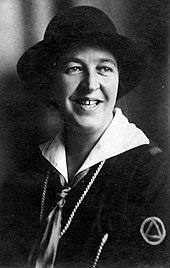
When I became a Christian and first heard the story of the ten Boom family in Nazi Holland, I could not believe I had not heard it before.
This small family of watchmakers, devout and compassionate, used their home as a safe house for the Jewish people who were hunted in the Haarlem streets, and as a centre for resistance activities. Hundreds of people’s lives were saved. The family itself was not so lucky: when the Gestapo raided, they were sent to prison and then concentration camps, where Corrie’s sister Betsie and their dad died.
Though famous in evangelical subculture, Corrie is little known outside it, in the UK at least. Her 1971 book, The Hiding Place, was a bestseller, but the films based on her life were not blockbusters. Perhaps one reason is that she used her experience to unashamedly preach the gospel, Christ’s teaching on forgiveness, and his presence in the hellish environments of the camps: “There is no pit so deep, that God’s love is not deeper still” is the famous quote from Betsie as she suffered in Ravensbruck.
I wonder how many heroes will be forever anonymous, this side of heaven at least, because they and the people they tried to save were discovered and murdered, unable to tell their stories?



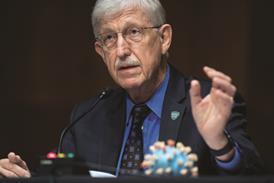

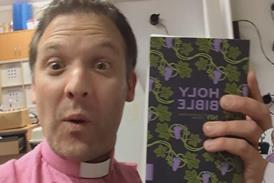




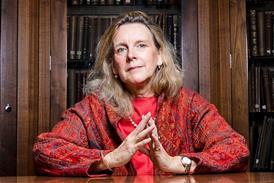




























No comments yet